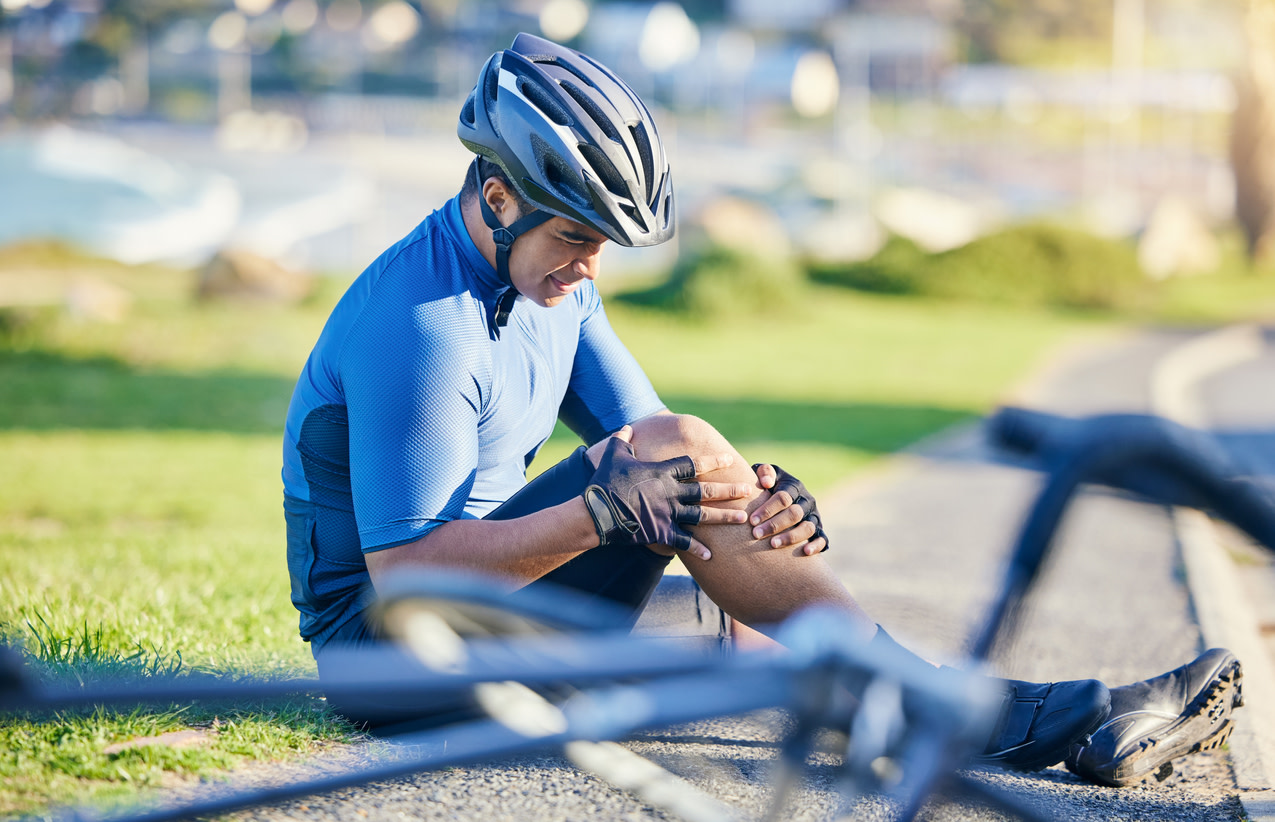How to Manage Cycling Knee Pain, According to Physical Therapists
Discover how to address cycling knee pain with expert tips and targeted exercises from physical therapists.
$0 costo para usted
Fecha de Publicación: Aug 29, 2024
El índice
Fully covered knee pain relief
Find relief from knee pain, knee locking, stiff knees, & more.
Check if I'm eligibleExercises for Cycling Knee Pain Relief
¿Quieres atención de expertos? Consulta si estás cubierto por nuestro programa gratuito →- Quad Stretch
- Hamstring Stretch
- Hip Flexor Stretch
- Lunge
- Bicycle Crunch
